Stroke First Aid

Every year, there are more than 55,000 strokes in Australia. Shockingly, it kills more women than breast cancer and more men than prostate cancer. Knowing the right steps to take for stroke First Aid is critical if we want to reverse this worrying trend.
When it comes to stroke, it’s not just death that is a concern. The debilitating impact of stroke means 470,000 Australians are living with the lifelong effects of stroke, which range from paralysis, incontinence, pain, difficulty speaking, memory loss and even depression. When every passing minute during a stroke results in 1.9 million brain cells lost, time is critical in reducing severity and impact.
Unfortunately, the likelihood stroke will happen to you or someone you know is real, with 1 in 6 of us suffering from stroke at some point in our lives. Thankfully if you know the First Aid response you can help the casualty get faster treatment, improve their long term outcomes and even save their life.
What is a Stroke?
The simple way to understand a stroke is a heart attack in the brain. What this means is that there has been either a clot in the blood vessels in the brain (80% of strokes) or the blood vessels burst and bleed into the brain. This disruption to the blood supply causes parts of the brain to become damaged and die off as they lose oxygen.
If medical attention is prompt and the blockage can be cleared to restore the blood supply, damage to the brain can be reduced. This is where the First Aid response comes in.
Recognising a Stroke
As they can sometimes be difficult to detect, the first step in stroke First Aid is to recognise a stroke is really happening. Sadly, 10% of Australians couldn’t recognise a stroke happening in front of them.
When the symptoms are fairly easy to remember with the FAST acronym, we should all be aware of the signs and what to do:
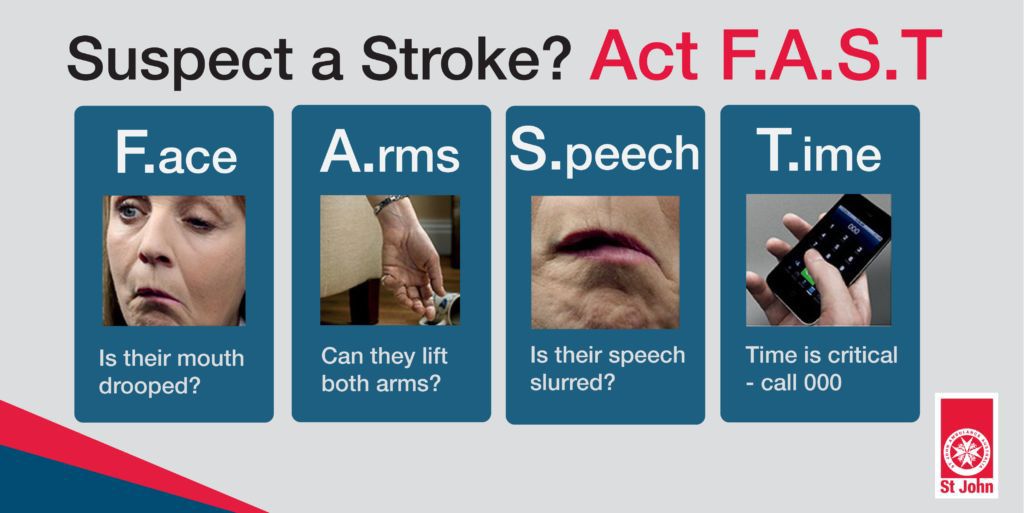
Other Signs of a Stroke
Beyond checking for FAST, there are other symptoms that may be present:
- Sudden decrease in level of consciousness
- Weakness or paralysis, especially on one side of the body
- Feeling of numbness in face, arm or leg on either or both sides of the body
- Difficulty swallowing
- Difficulty speaking or understanding
- Unexplained dizziness
- Disturbed vision – blurred or a decrease in vision in one or both eyes
- Loss of balance
- Headache, usually severe and abrupt
- Drowsiness
- Confusion
Sometimes the symptoms of stroke can be mistaken for other conditions, such as drug or alcohol abuse, neurological conditions like multiple sclerosis, epilepsy, migraines, or hypoglycaemia. However, it is always best to err on the side of caution and suspect a possible stroke until it’s been proven otherwise. There is no harm in calling 000 and explaining the symptoms, even if they appear to have resolved. Let them know you suspect a stroke as it will allow the most appropriate resources to be despatched.
What First Aid Should You Provide During a Stroke?
You can’t do CPR on the brain, that’s for sure. However, there are a few best practice steps to follow to minimise damage and ensure the casualty has the best possible chances of recovery:
- Follow the DRSABCD steps
- Call Triple Zero (000)
- Reassure the casualty; stay calm and speak softly
- Depending if they are conscious or unconscious:
| If they are conscious: | If they are unconscious: |
| Support head and shoulders on pillows Loosen tight clothing Maintain body temperature Wipe away secretions from their mouth Ensure the airway is clear and open |
Place them in the recovery position |
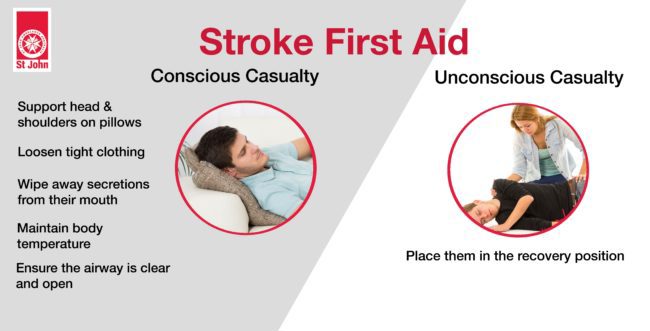
Stay nearby the casualty for the entire time, they will likely be confused and frightened.
What You Shouldn’t Do During a Stroke
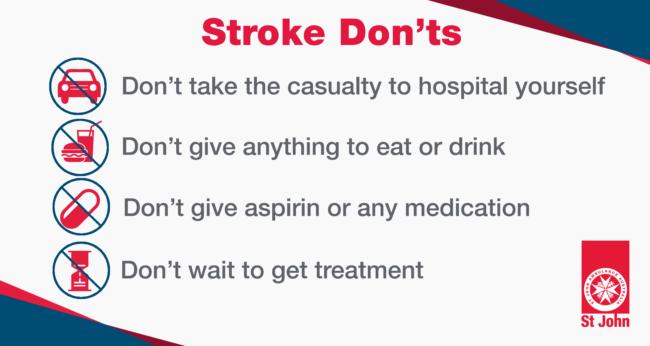
- Don’t transport the casualty to the hospital yourself, even if you’re in a remote location, as paramedics can start the management of stroke and make sure the victim is taken to the most appropriate hospital. They will also notify the receiving hospital, reducing the time until treatment can start.
- Don’t give them anything to eat or drink, it may interfere with their ability to start treatment and their impaired ability to swallow can cause choking, even with water.
- Don’t give them aspirin; it can make the stroke worse depending on the type of stroke. They could also be allergic to aspirin. In fact, avoid all medications until help arrives.
- Don’t hesitate to seek treatment or wait until symptoms subside, this could cause irreversible damage as parts of the brain die from lack of oxygen.
Recognising a stroke and providing a First Aid response can make a vital difference between life and death; or even between long-term disability and recovery to normal. With an extensive and increasing prevalence of stroke, it is important we all know and are up to date with First Aid treatment.
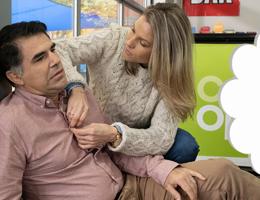
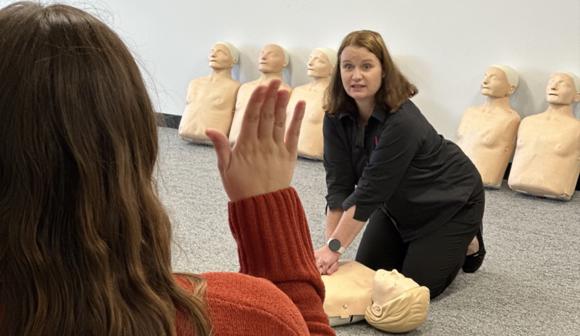
HLTAID011 PROVIDE FIRST AID
Suitable for both people in workplaces and members of the public who would like a comprehensive first aid course.
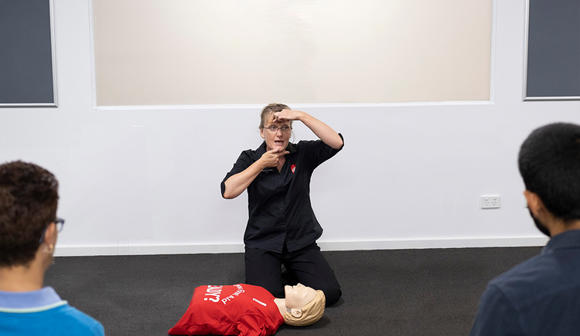
HLTAID009 PROVIDE CARDIOPULMONARY RESUSCITATION
Learn the skills to perform life-saving (CPR) on an adult, child or infant who is unconscious and not breathing normally.
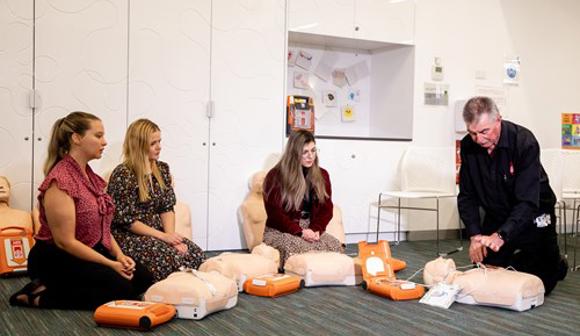
VENUES & LOCATIONS
St John has a range of training locations across Victoria.
